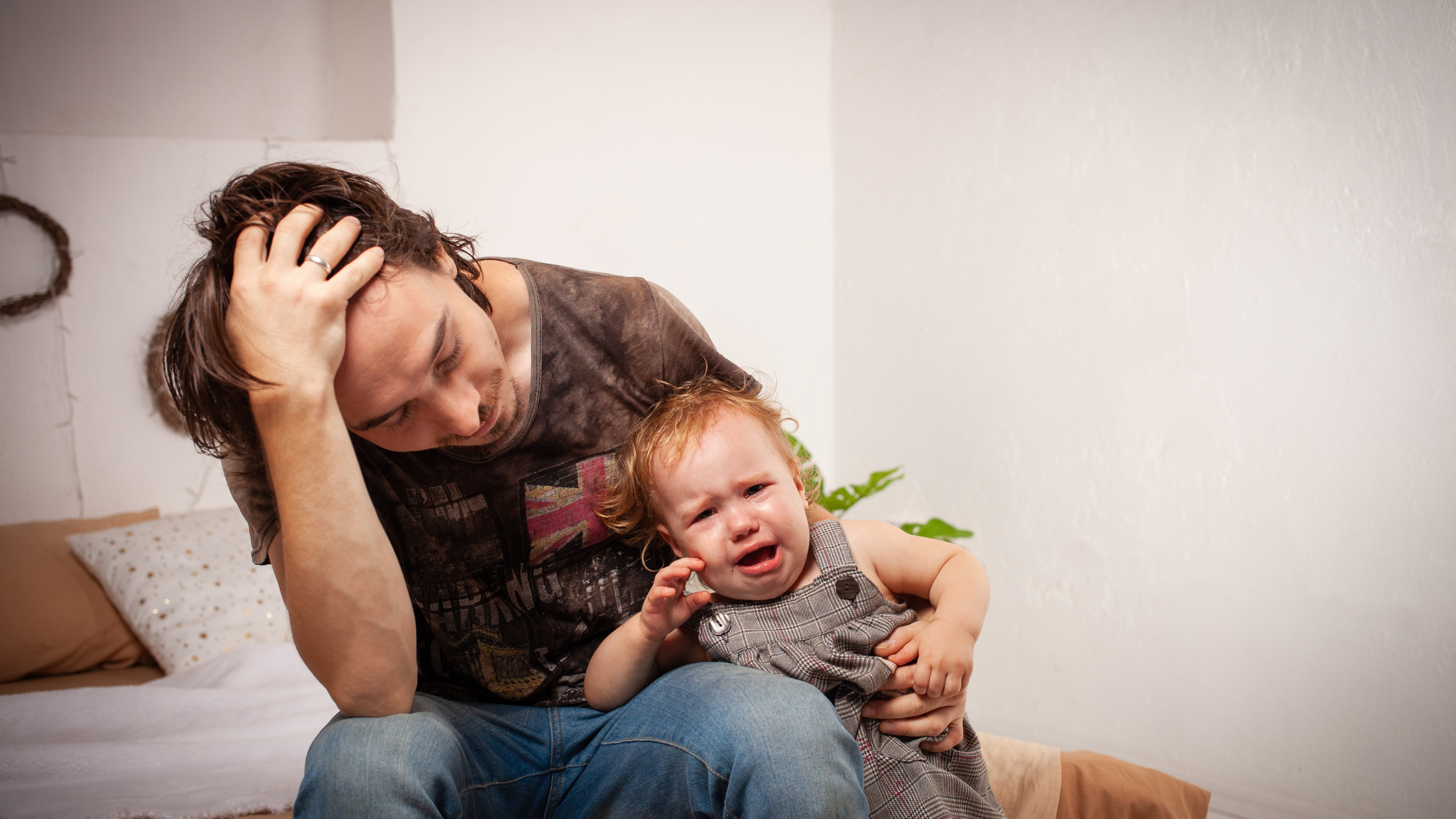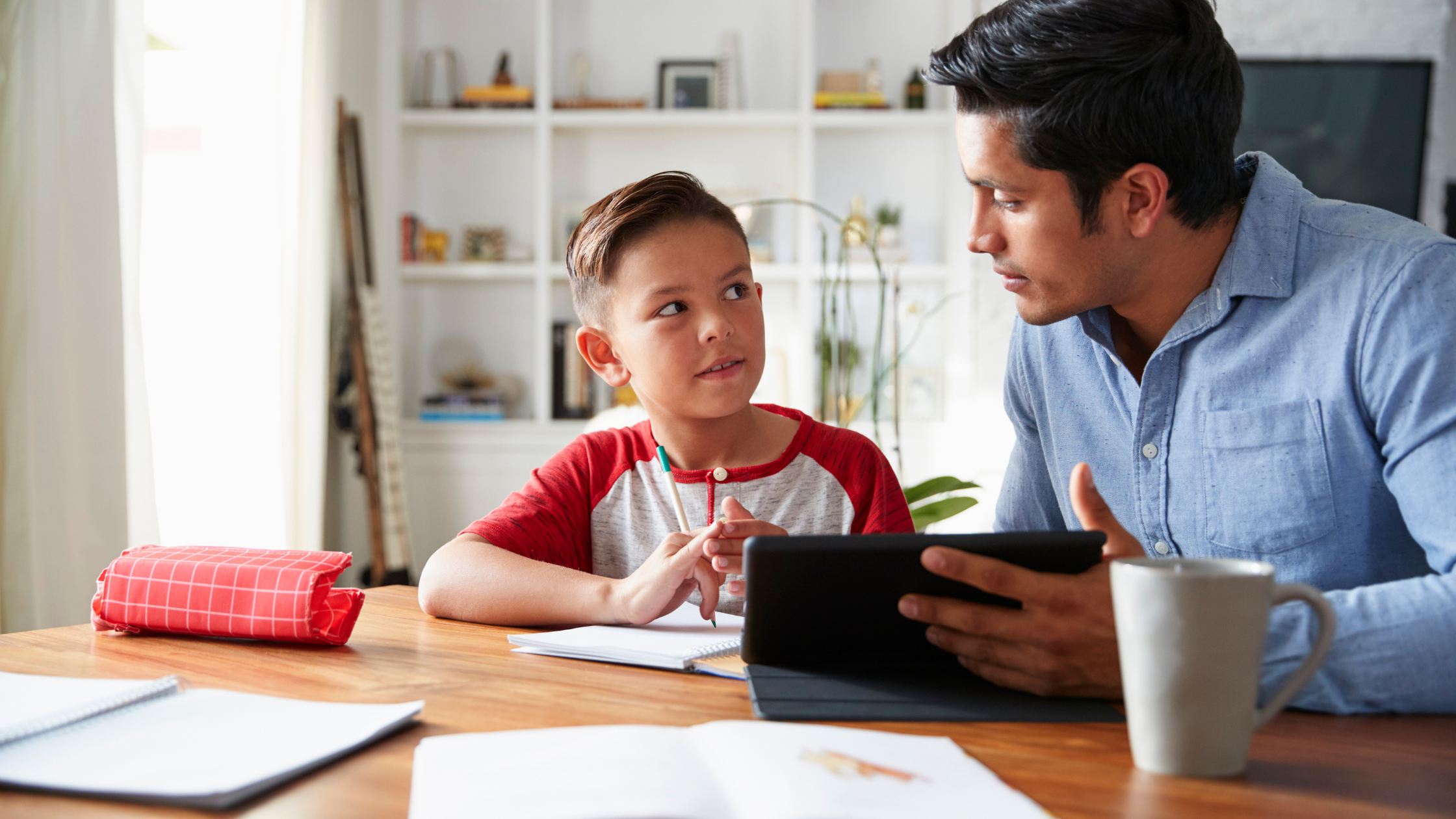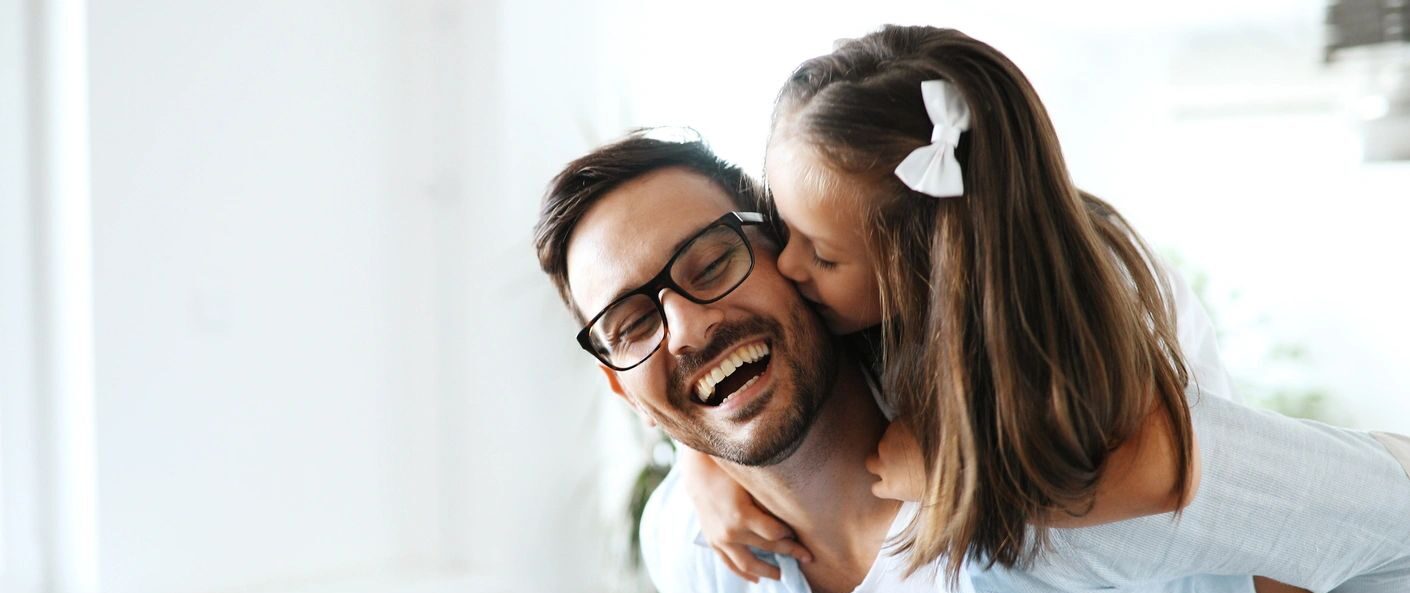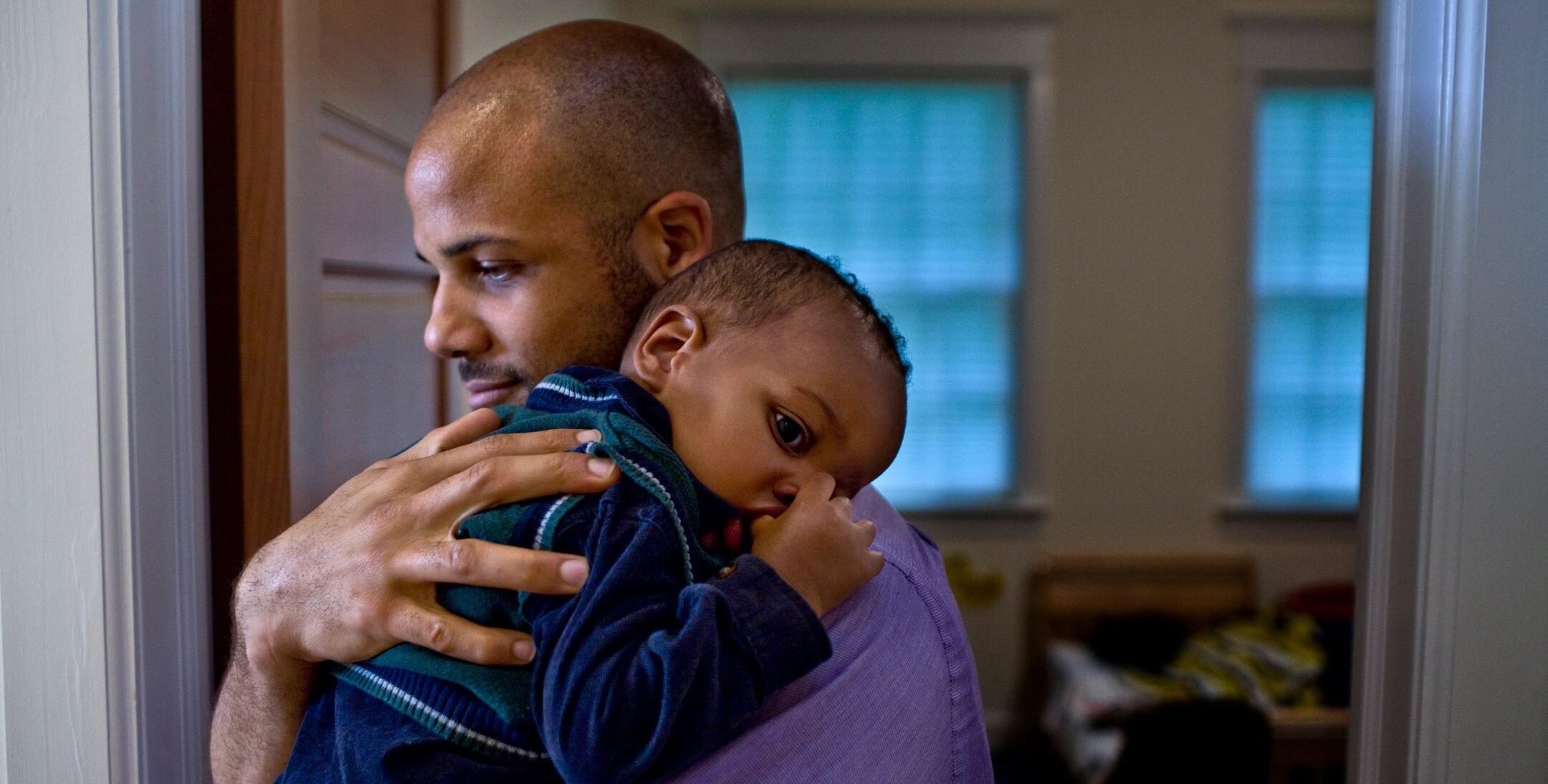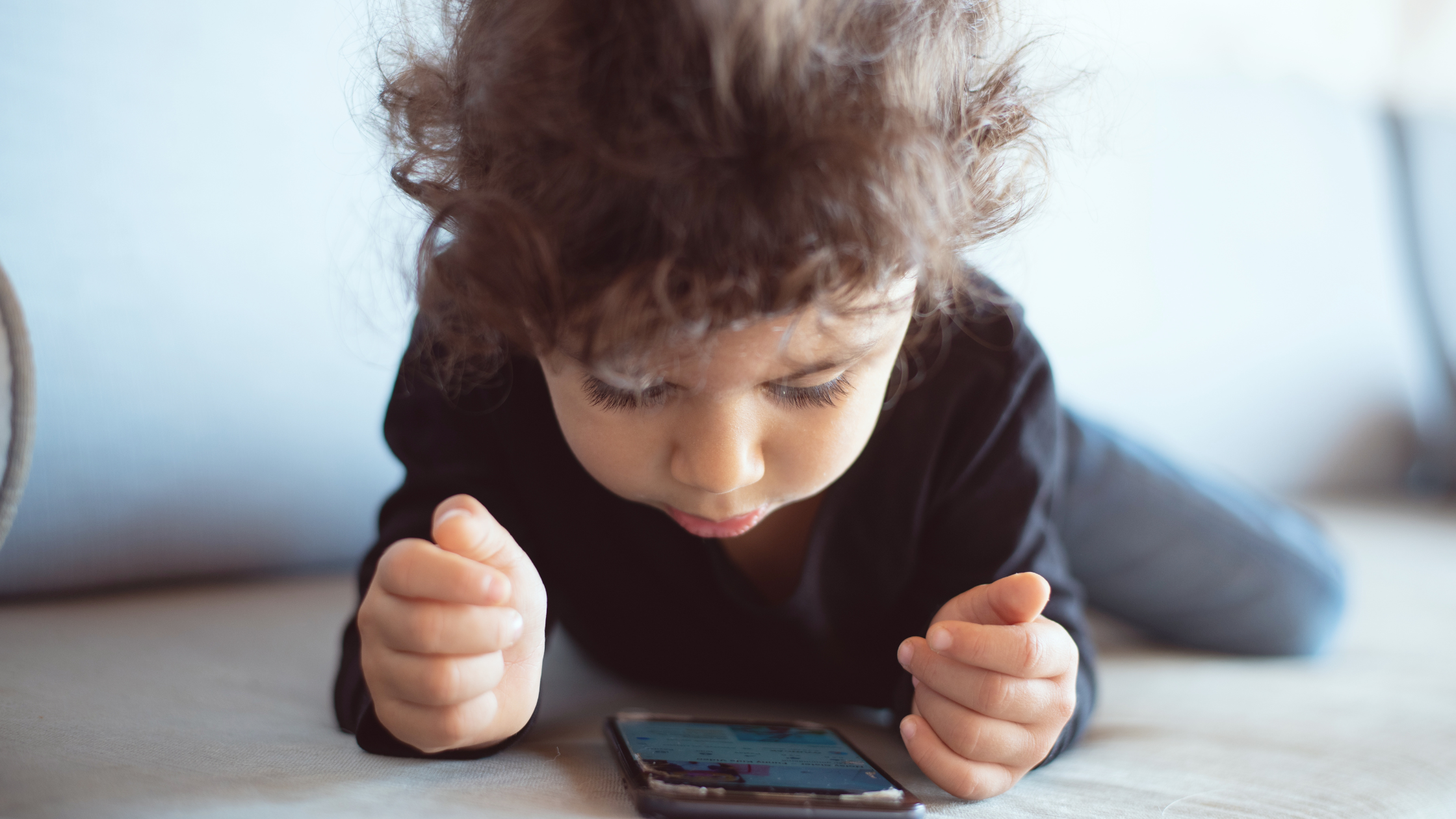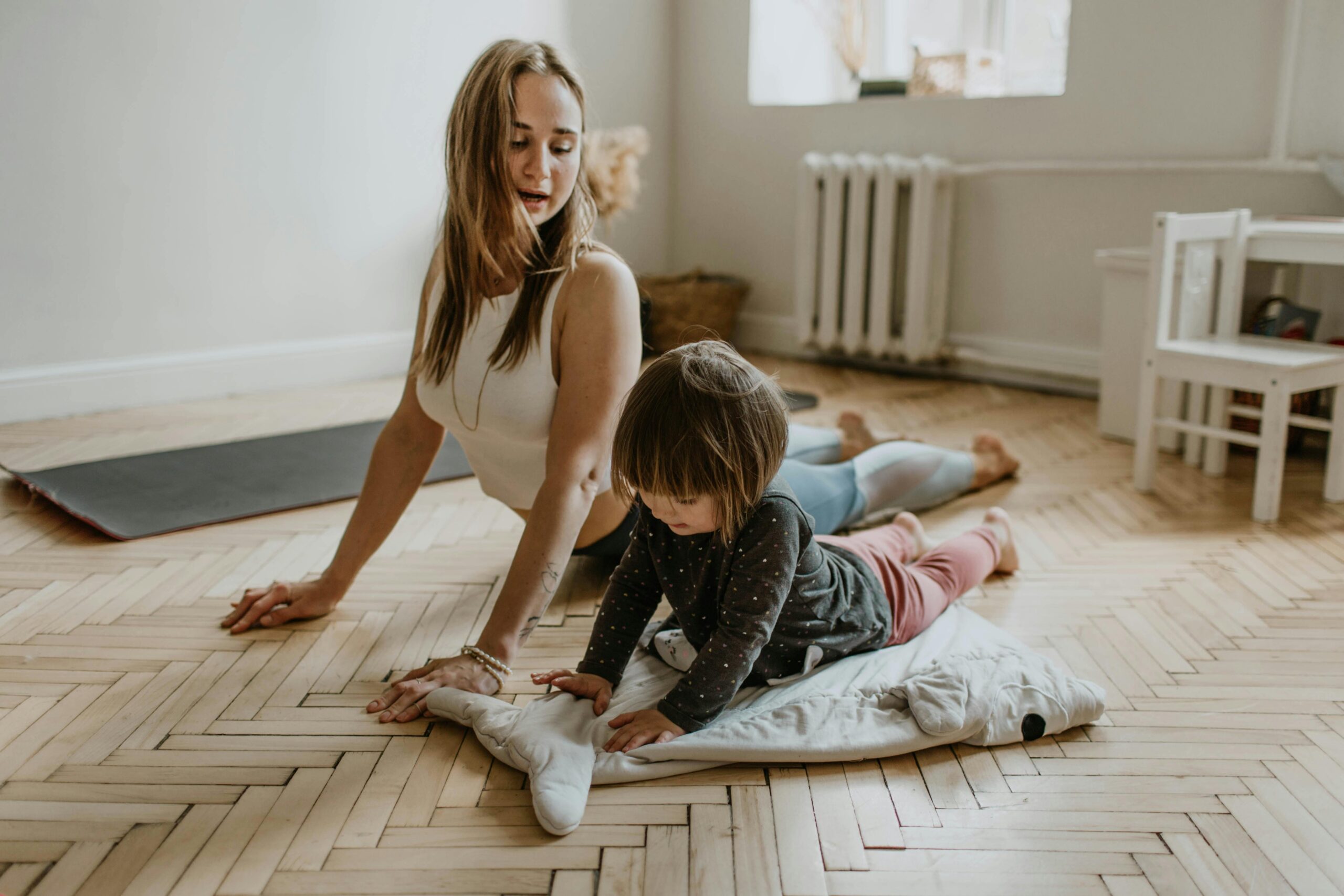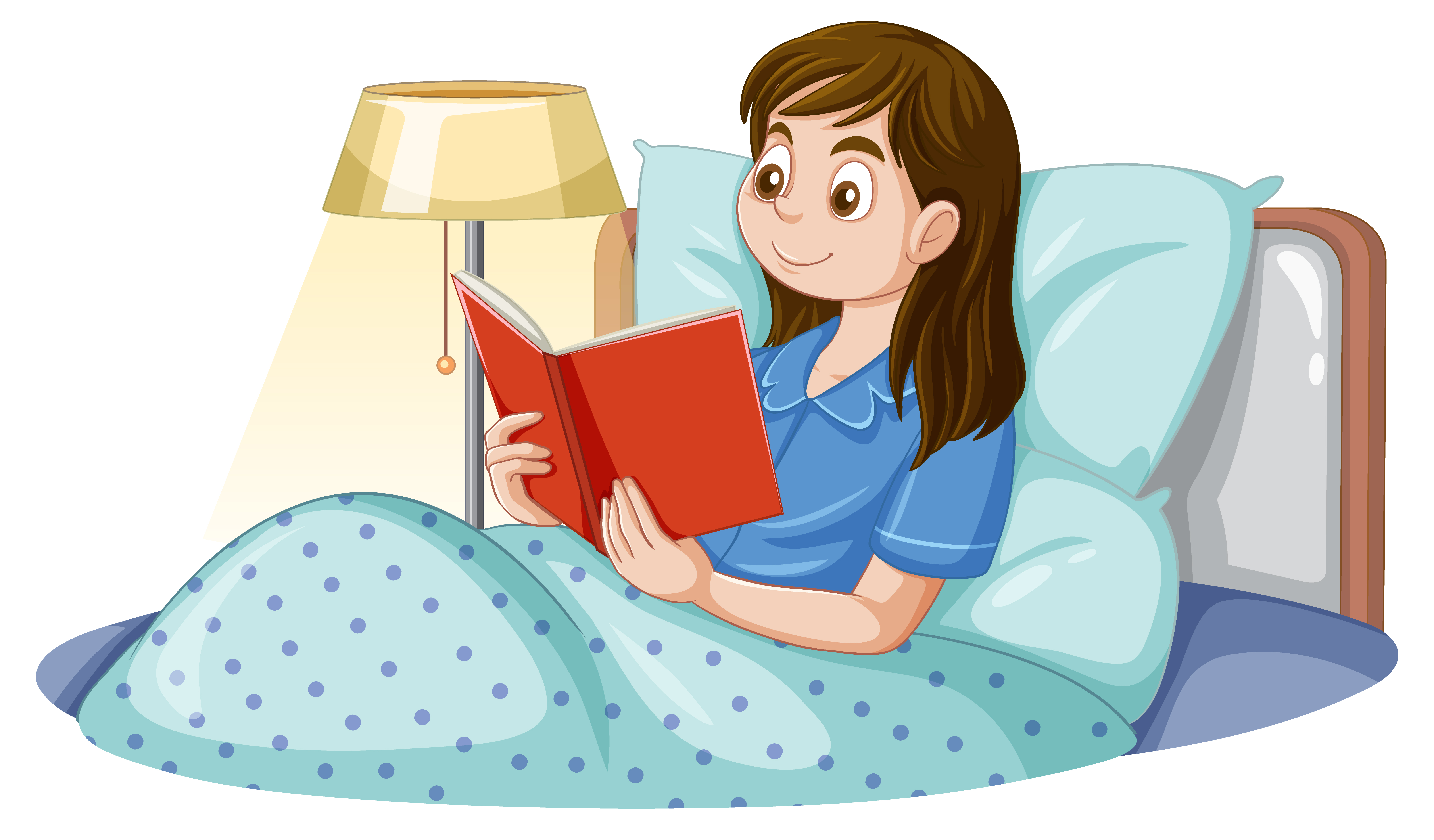In partnership with Edx Education. Follow on Instagram
There is a growing crisis in children’s mental health. It is a concern for many countries including the US, Canada, and the UK. In addition, there has been a noticeable decline in both the quality and quantity of free play where children engage in their own, self-initiated activities. Some researchers suggest that large decreases in free play during childhood may be linked to increases in anxiety and depression among many other issues (Gray. American Journal of Play. 2011).
Why is play important for a child’s brain development?
Play might be seen as trivial to some, but it is necessary for a child’s development and wellbeing. Around 18 months, a child will begin to develop pretend play skills and might pretend to feed or wash their doll. Free play, in particular, allows a child to take control of their play environment and when they take control they nurture their curiosity.
Which skills does a child develop through play?
Let’s take the example of building a tower with blocks. The goal is to build a tall tower. As the child begins to stack some blocks, it keeps falling. At this point, they might need to regulate their emotions from feeling frustrated or upset. Next, they will need to problem solve in order to figure out why it keeps collapsing. Finding a solution might only arise once they have tried building the tower several times. This takes resilience and confidence. They might express their frustration (social-emotional skills). They might have to remember how to place the second block in order for the tower to be stronger (memory). Lastly, if you are encouraging your child and offering support (not the solution) this is developing their attachment with you. Building many of these skills promotes wellbeing in children which is why play is pivotal for mental health in children.
How can a parent gently guide their child’s play?
Give them the opportunity to explore! Offer your child various opportunities to explore their environment in order to nurture their curiosity. Below are 3 types of play that can promote your child’s wellbeing.
Offer more free play
According to a report written by the UK National Trust, the areas within a home that a child is allowed to roam around freely have decreased by 90% since the 1970s. As new parents, we want to keep our children safe. The only issue is that sometimes this compromises their ability to learn how to trust themselves in decision-making.
TRY THIS! As parents, we can allow more time for independent play or reduce the number of planned activities for our children. We can guide play by creating an inviting play space. In our home, playing with water is a huge hit. You can include a water tray like this one from Edx Education (and use it either inside or outside your home). Offer tools such as a ladle, strainers, measuring cups, bowls, or funnels. Animal figurines, rocks, sticks, or loose parts such as these rainbow pebbles or sensory pebbles are also great additions. Then step back and let your child guide play!
Provide opportunities for risky play
We can take small steps when it comes to risk-taking. A study showed that over 70% know the importance of risky play but seldom engage their child in forms of risky play. There are 6 categories of risky play including heights, high speed, play with dangerous tools (e.g., hammer, saw), play near dangerous elements (e.g., water, fire), rough-and-tumble play (e.g., play fighting), and play where children can disappear or get lost (known as independent mobility) (Jelleyman Int. J. Environ. Res. Public Health 2019).
TRY THIS! We tend to say “No!” To toddlers a lot because many parts of our home can be dangerous. Try creating a yes space. For instance, if they can open most of the cupboards and drawers in your kitchen, create one space that is their own. Add child-safe dishes or plastic containers in this drawer. When they try to open a drawer or cupboard you can say “Not this drawer, but you CAN open this one!”.
In our home, we have these Step a Trails/Forest from Edx Education. They are a fantastic introduction to risky play with babies and toddlers (my older kids love them too!). When your toddler climbs the furniture, you can say “No, you can’t climb the sofa but you CAN climb your forest stone!”
Bring play outside!
Exposure to nature can be protective of a child’s mental health (Piccininni et al. Preventative Medicine 2018.) Even as parents, when we are having a difficult day, being outside can regulate us. The outdoors stimulate many of our senses (sights, sounds, smells, etc). Our senses are connected to the emotional parts of the brain which is why part of mindfulness and meditation uses imagery without senses to help calm us.
TRY THIS! Studies show that as little as 30 min per week spent outdoors promoted well-being in teens. The most important factor was feeling connected to nature, which is something we can help our children develop by being outside, appreciating nature, and discussing the importance of caring for nature. When spending time outdoors with your child, take the time to look at the tree, grab a leaf off the floor and touch it, smell a flower or listen to the call of a bird. Express gratitude. This will help your child with emotion regulation and will help them appreciate nature.
I hope this encourages you to play!

